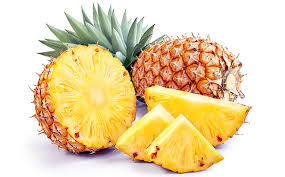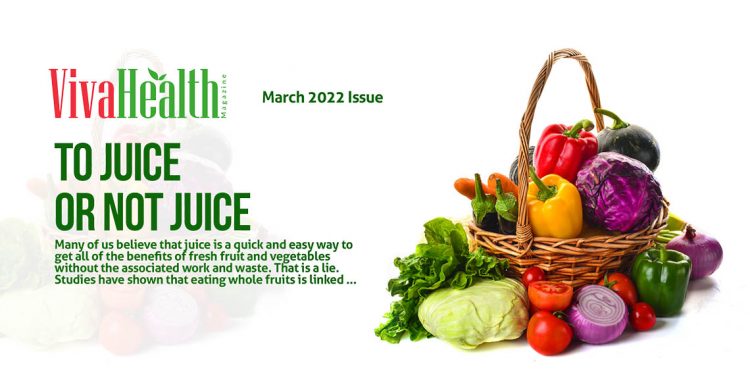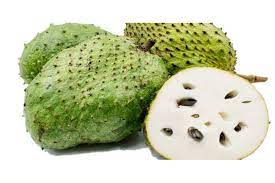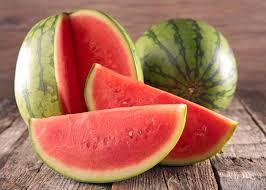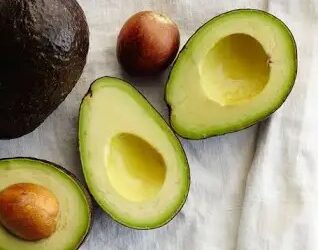Many of us believe that juice is a quick and easy way to get all of the benefits of fresh fruit and vegetables without the associated work and waste. That is a lie. Studies have shown that eating whole fruits is linked with many health benefits like reducing the incidence of type two diabetes and a better metabolic profile. However, the same cannot be said for fruit juice. The science does not show similar benefits from fruit juice; if anything, it shows the opposite: consuming juice regularly, even if it’s from natural fruits, increases your risk of type-2 diabetes.
A small study investigating the differences between fresh fruit and juice and their effect on human health showed that clear apple juice did not contain the polyphenols and pectins that were present in the fibre of fresh apples. Polyphenols and pectins are fibre-based components necessary for lowering cholesterol levels which are lost in the process of manufacturing juice. While this was a study involving only 23 subjects – hardly making a conclusive case – other studies have come to similar conclusions, at least, on the benefits of fresh whole fruits: showed that consumption of fruit juice was associated with higher risks of type-2 diabetes. These studies also showed that the consumption of whole fruits and vegetables – blueberries, grapes and apples in particular – was significantly associated with lowering the risk of type-2 diabetes.
These studies also showed that the consumption of whole fruits and vegetables – blueberries, grapes and apples in particular – was significantly associated with lowering the risk of type-2 diabetes. was done in a small group of humans to study exactly this difference between whole and juiced fruits. The study titled: Intake of whole apples or clear apple juice has contrasting effects on plasma lipids in healthy volunteers which was published in the European Journal of Nutrition concluded as follows. “Apples are rich in polyphenols and pectin, two potentially bioactive constituents; however, these constituents segregate differently during processing into juice products and clear juice is free of pectin and other cell wall components. We conclude that the fibre component is necessary for the cholesterol-lowering effect of apples in healthy humans and that clear apple juice may not be a suitable surrogate for the whole fruit in nutritional recommendations.” This was a small study of just 23 persons and not one to be concluded from in the world of science.

However, many more studies have come to similar conclusions. Isaro Musaki and colleagues found similar results using data from 66 105 women from the Nurses’ Health Study (1984-2008), 85 104 women from the Nurses’ Health Study II (1991-2009), and 36 173 men from the Health Professionals Follow-up Study (1986-2008) who were free of major chronic diseases at baseline in these studies. Their research published in the British Medical Journal in 2013 looked at “ Fruit consumption and risk of type two diabetes”. Here’s what the authors had to say in their conclusion.
“Our findings suggest that there is significant heterogeneity in the associations between individual fruits and risk of type 2 diabetes. Greater consumption of specific whole fruits, particularly blueberries, grapes, and apples, was significantly associated with a lower risk of type 2 diabetes, whereas greater fruit juice consumption was associated with a higher risk.”
It is currently thought that many of the compounds that confer health benefits on contained in fruits and vegetables are intimately bound with to their fibre. So, always choose whole fruits and vegetables over juice; but if juicing cannot be avoided, I recommend making your juice at home and keeping the fibre in the mix. This relationship means that when juiced, the loss of fiber is accompanied by the loss of many of these important compounds.
So whenever you can, please eat the whole fruit or vegetable instead.
Story By: Jeffery Eduku Mozu, MBChB







